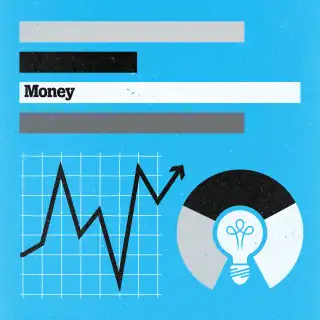Can I Fund One Type of IRA While Tapping Another?

Q: I’m 67 and self-employed. Can I contribute funds to a traditional or SEP IRA in the same year in which I withdraw funds from a Roth? – Stan
A: As a matter of fact, you can.
And depending on your current tax situation, this may not be such a bad idea, says Joe Heider, founder of Cirrus Wealth Management in Cleveland.
Regardless of whether you take the standard deduction or itemize deductions, you can deduct eligible contributions to a traditional IRA or a Simplified Employee Pension Plan, otherwise known as a SEP IRA, commonly used by self-employed individuals or small-business owners.
Because you’re over the age of 50, you also qualify for catch-up provisions, meaning you can contribute up to $6,500 in a traditional IRA. For someone in the 25% tax bracket, that translates to savings of $1,625 in federal taxes.
“You’re essentially using tax-free funds from your Roth to get a current deduction,” says Heider. You will, of course, owe taxes when you withdraw funds from a traditional IRA or SEP down the road. As long as your tax rate doesn’t go up in retirement, which is unlikely, it pencils out.
Since you’re self-employed, you could potentially contribute more pre-tax dollars to a SEP IRA. There is no catch-up provision with a SEP, but the contribution limit is up to 25% of your compensation. (That figure varies slightly depending on whether you work under an unincorporated or incorporated entity.) Keep in mind that the money you withdraw from a Roth doesn’t count as your eligible compensation. Those withdrawals, though, may free up more of your earned income for savings.
Also remember that when you turn 70 ½ you’ll still be subject to required minimum distributions from your traditional IRA, and that means you’ll need to withdraw a small percentage of your savings from your account. At that point, you can continue contributing to a Roth IRA — assuming you still have earned income and you qualify — though not a traditional IRA.